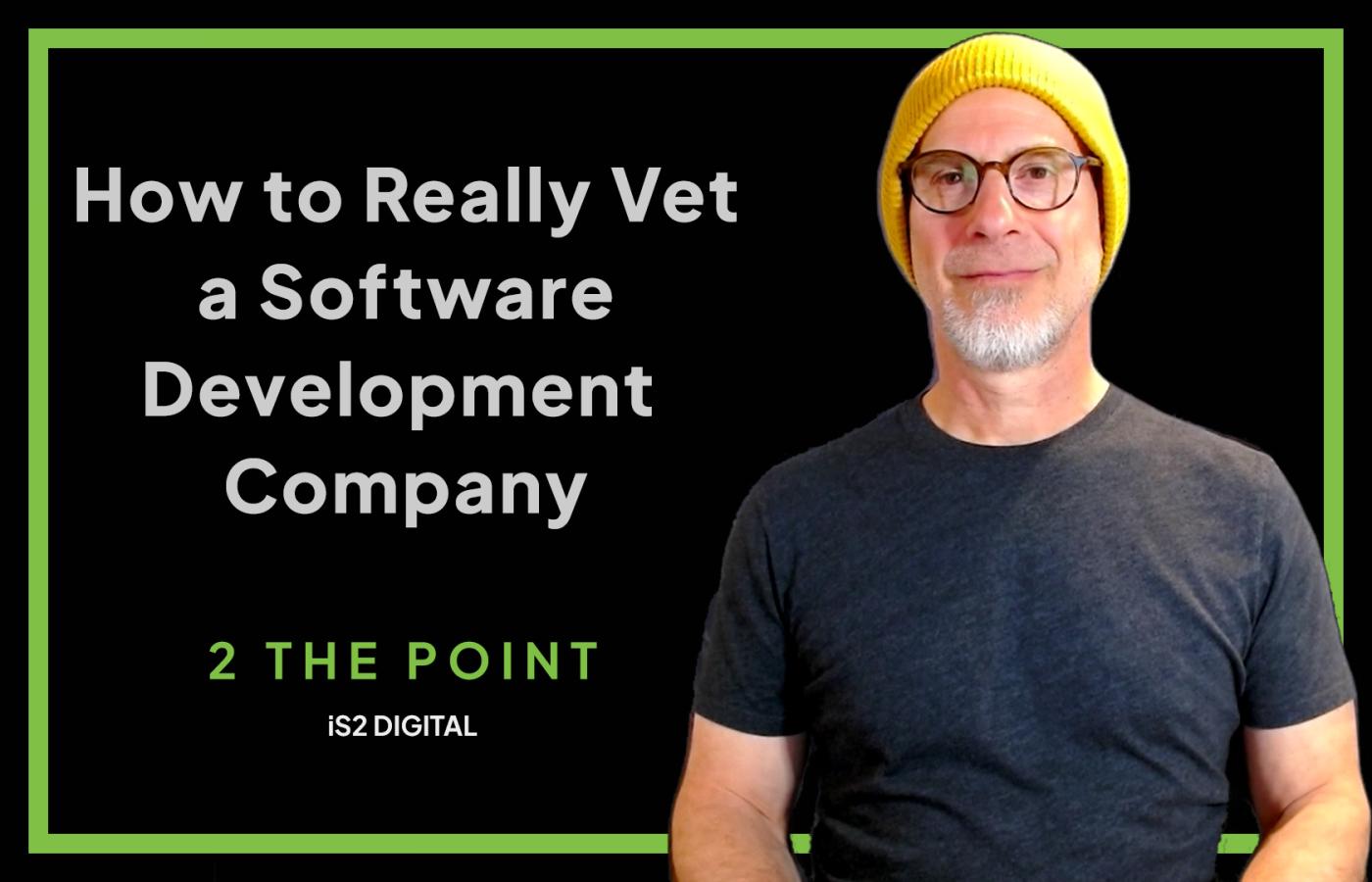
What Does "End of Life" Mean for Your Software?
tl;dr
- Software end-of-life is a natural part of technology evolution
- Continued use of unsupported software creates significant business risks
- Early planning is crucial for successful transitions
- End-of-life events offer opportunities for digital transformation
- Different industries face varying challenges with software transitions
- Understanding the software lifecycle
Think of your website platform as a city's infrastructure. Just as cities must constantly update their power grids, water systems, and transportation networks, digital platforms require regular modernization to remain secure and effective (1). When a software platform announces its "end-of-life," it's similar to a city planning commission deciding to retire an aging bridge. The structure won't collapse immediately, but its safety can no longer be guaranteed.
What End-of-Life really means
"End of life doesn't mean the software is dead," explains Kevin Goldberg, CEO of iS2 Digital. "It doesn't mean that it's no longer available and doesn't mean that it won't work. What it means is that the organization, people, and companies supporting the software will no longer be supporting the software, which means that security patches and bug fixes will no longer be available."
This distinction is crucial. Just as an old bridge might still carry traffic after officially retiring, an end-of-life platform continues functioning. However, when problems arise, and they inevitably will, there's no safety net (2).
The hidden security risks
In this scenario, you can compare your platform's security to a modern bank's security system. While the vault door might look impressive, the real security lies in constantly updated electronic systems, surveillance, and response protocols. Similarly, your website's security depends less on its visible features and more on regular behind-the-scenes updates that patch vulnerabilities as they're discovered (3).
How security vulnerabilities increase over time
When a platform reaches end-of-life, it enters what security experts call an "exposure window." As Goldberg notes, "Over time, as the software is no longer being patched or updated, hackers will search for vulnerabilities in the software, and they can take advantage of these."
The risk doesn't peak immediately. Instead, it compounds over time as new vulnerabilities are discovered. Eventually, the platform reaches a point where the risk becomes untenable. This often results in a major security breach or system failure that requires immediate action under less-than-ideal circumstances (4). And this is what you really must avoid.
Impact across industries
Different sectors face varying challenges when dealing with end-of-life software:
Healthcare
Medical facilities often run specialized software that integrates with critical systems. Transitioning these platforms requires careful planning to maintain patient care and data security (5).
E-commerce
Online retailers face unique challenges in balancing customer experience with security requirements. If there is a security breach, as Goldberg explains, "You will need to take your website offline immediately and this could cost you hundreds of thousands of dollars a day."
Financial Services
Banks and financial institutions must navigate strict regulatory requirements while maintaining continuous service. Their platforms often require extensive testing and certification before any transition goes live.
What options do businesses have?
When facing an end-of-life situation, organizations typically have four options:
1. Platform Upgrade
Moving to the newest version of your current platform. This approach maintains familiarity while providing modern features and security.
2. Platform Migration
This is the process of switching to a different system entirely. This option allows organizations to reassess their needs and find better solutions (6).
3. Extended Support
Some vendors offer extended support options. While this isn't a permanent solution, it can provide valuable planning time before upgrading or migrating.
4. Hybrid Approach
Some organizations opt for a phased transition, gradually moving different components to new platforms while maintaining critical systems.
Making sense of it all
When you hear that your software is reaching its "end-of-life," your first thought might be, "This sounds like an IT problem," but here's the truth. While it has technical implications, this is fundamentally about strategic planning and the long-term effectiveness of your website. Today, websites are a significant part of how organizations connect with and serve their customers. They are the digital foundation of your business. When that foundation needs updating, it's not just a technical decision. It's an opportunity to strengthen your entire business.
If you need help making sense of your platform's lifecycle or planning your next steps, the team at iS2 Digital has guided countless organizations through similar transitions. We speak both tech and business, helping you turn technical challenges into strategic opportunities. Whether you need a consultation on your migration strategy or comprehensive support throughout the process, contact us.
References
- End-of-Life Software: Definition, Management, & Best Practices
- What End-of-life Software Means for Your Business
- The Risks of End of Life Software and how to Address Them
- End-of-life software: What are the dangers?
- The Risks of Running an End of Life OS
- End-of-Life Software Security Risks & Mitigation


